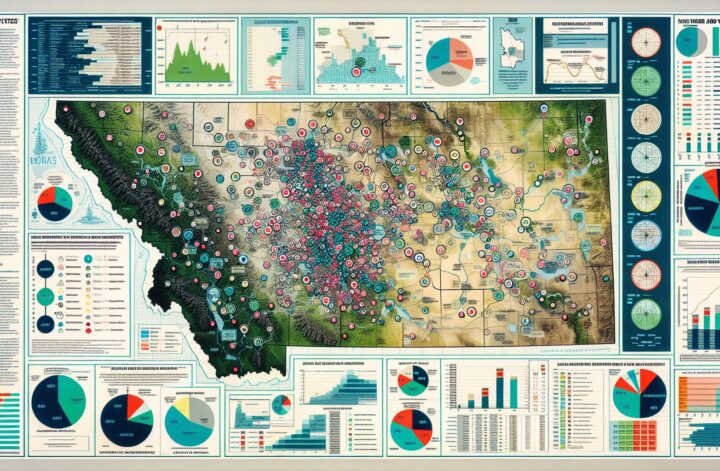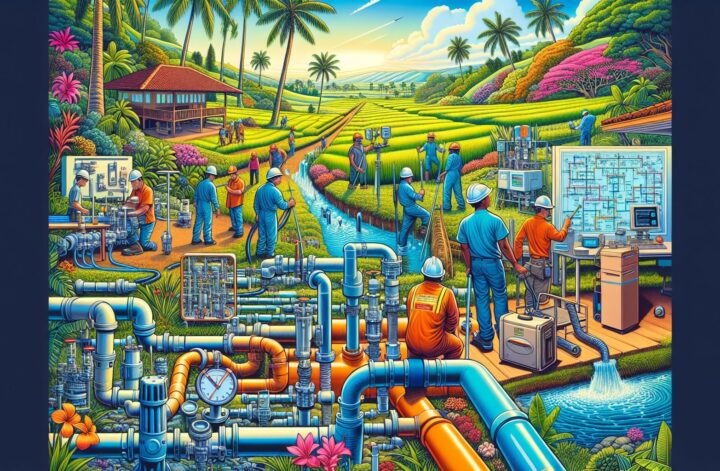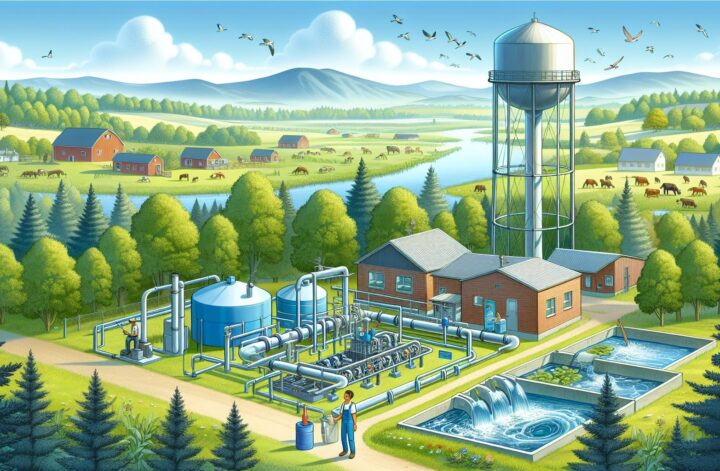Rural water and wastewater systems, crucial for maintaining public health and well-being, are often faced with unique challenges due to remote locations and sparse populations. For residents of Wyoming’s rural towns and regions, efficient water and wastewater systems are critical for a healthy and prosperous life.
Wyoming is largely rural with a population of only around 578,000 people scattered across its vast expanse[^1^]. The state’s topography is varied, consisting of both sweeping plains and towering mountain ranges, a fact which adds another layer of complexity to water and wastewater system management.
The state’s rural water systems rely heavily on groundwater sources with approximately 73% of residents depending on it for drinking purposes[^2^]. This, along with a relatively dry climate, makes the effective management and protection of these sources vital.
The Wyoming Rural Water System, a not-for-profit federation, provides technical support, training, and on-site assistance to operators of water and wastewater systems throughout the state[^3^]. Yet, these systems often grapple with a lack of finances for infrastructure maintenance and upgrades, manpower shortages, and the growing need to meet more stringent environmental regulations.
Specifically, most of these smaller municipal systems lack the funds to upgrade aging infrastructures. The issue is compounded as government grants and subsidies have historically favored larger metropolitan systems over rural ones. Moreover, the sparse rural population means smaller municipal systems often have a smaller customer base, limiting their revenue.
Another major challenge Wyoming’s rural water and wastewater systems face is limitations in manpower. There is a high cost associated with hiring and training new employees, a luxury most smaller municipal systems cannot afford.
Lastly, environmental regulations for potable water and wastewater disposal, while necessary, make running these systems an increasingly complicated process. Small rural systems typically lack the financial wherewithal to meet these regulations without support.
Managing Wyoming’s scarce water resources effectively and maintaining a functioning wastewater treatment system is critical. Local, state, and federal agencies should collaborate to provide the necessary assistance, financial and otherwise, to these crucial rural systems, ensuring the continued growth and health of Wyoming’s rural communities.
[^1^]: United States Census Bureau. “Wyoming – QuickFacts”. https://www.census.gov/quickfacts/fact/table/WY/PST045219
[^2^]: United States Environmental Protection Agency. “Protecting Drinking Water Sources in Wyoming”. https://www.epa.gov/sourcewaterprotection/protecting-drinking-water-sources-wyoming
[^3^]: Wyoming Association of Rural Water Systems. “About Us”. https://www.warws.com/about_us.html




